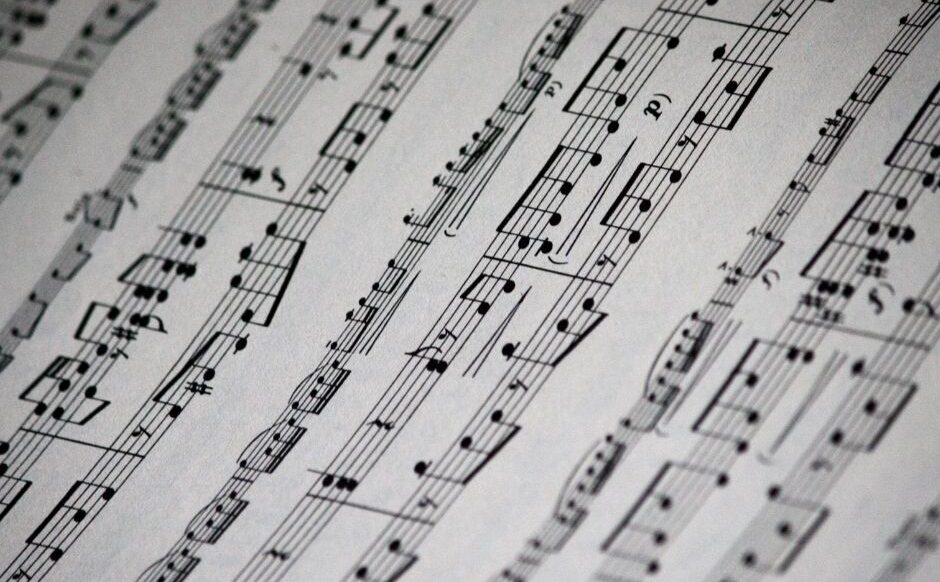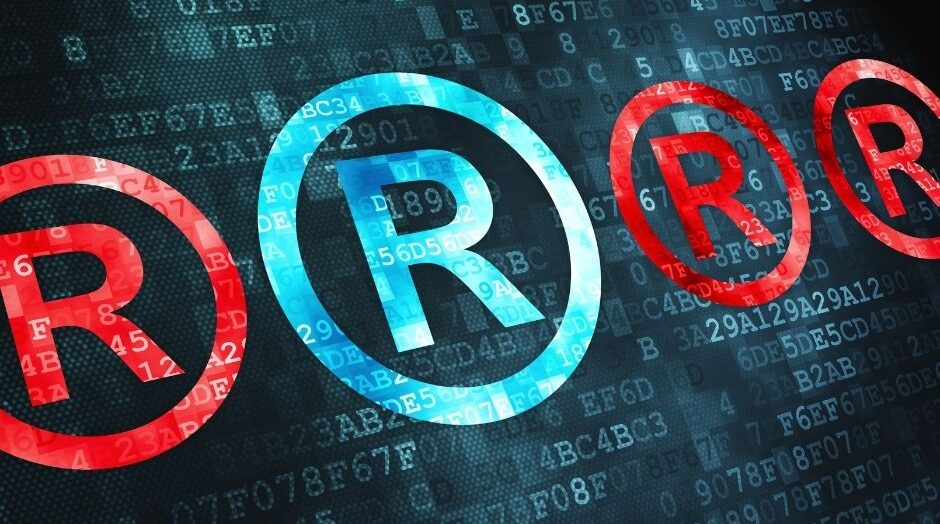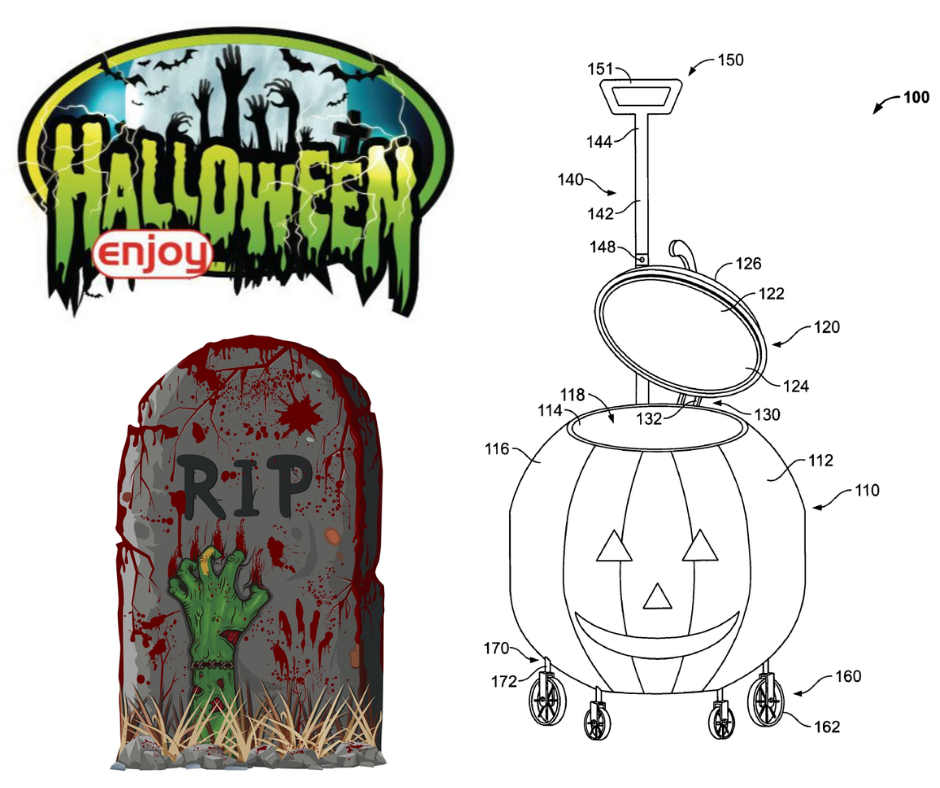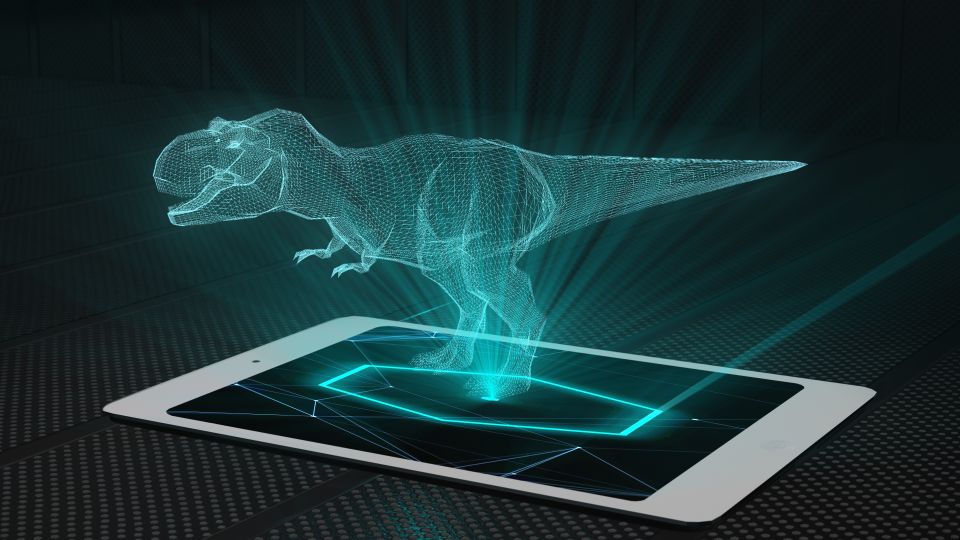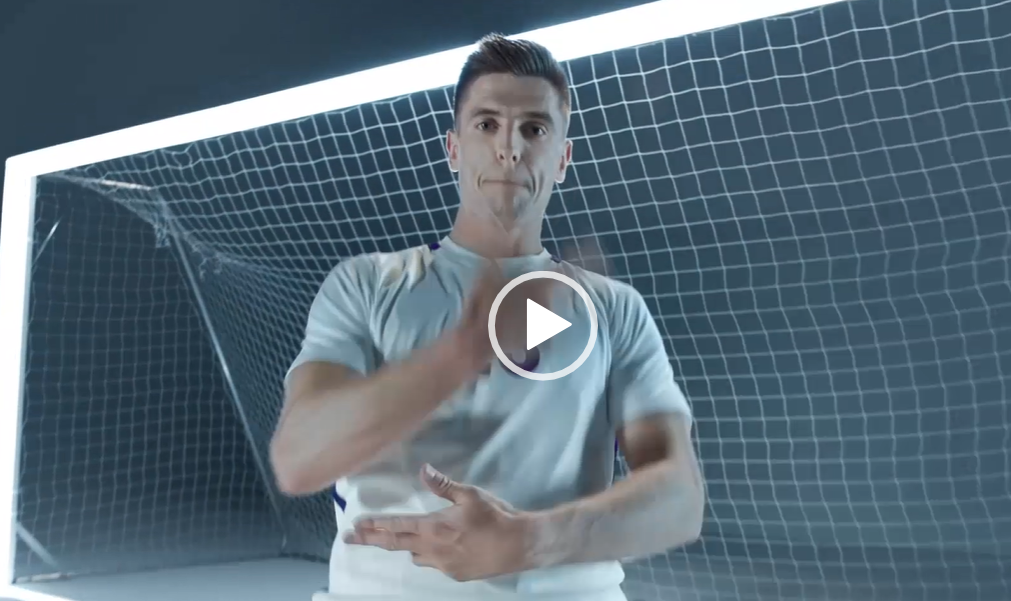Our articles on various kinds of trademarks published systematically in a series under the title “What a trademark is like everyone can see… but is it so obvious indeed?” discussed among others sound marks as a separate trademark category available for entrepreneurs or individuals, who would like to designate their goods or services in this exceptional manner.
Subsequently, since there exists such kind of marks as the sound, it might seem that a party who wishes to designate its goods in such manner just needs to create the mark and apply for its registration, either in the Polish Patent Office (PPO) or the European Union Intellectual Property Office (EUIPO), and then wait for granting the right of protection. At first glance it seems simple…, but is it so in practice?
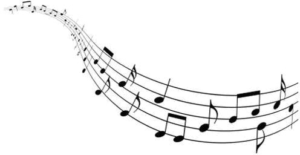
Applying for registration of a sound mark in the EUIPO
On 18 December 2017, a foundation named Fundació per a Universitat Oberta de Catalunya with the registered office in Barcelona, Spain, filed in EUIPO a sound trademark application in the form of mp3 file. The file presented below could be opened to listen to the sound which was applied for registration as EUTM.
The applied mark, which was designated for the marking of goods and services in classes 09, 16, 35, 41 and 42, received the application number 017622663.
First refusal – the sound too short
In July 2018, the EUIPO examiner issued a decision on refusal of registration of the above mark on the grounds of Art. 7(1) (b) EUTMR, mainly arguing that the sound applied for registration was too short and did not have any features that would make it unique. Consequently, the mark could not perform the basic function of a trademark, namely distinguish the designated goods or services of one undertaking from similar goods or services of other undertakings in business turnover. The Applicant – Fundació per a Universitat Oberta de Catalunya – did not agree with the standpoint of EUIPO and presented its arguments to convince the EUIPO examiner that the applied sound trademark had sufficient distinctiveness. However, the examiner upheld its opinion and on 19 January 2019 issued a decision on refusal of registration of the sound trademark no. EUTM 017622663 applied by the Spanish foundation.
Once again, the examiner argued that the applied sound trademark was devoid of distinctive character, as the sound contained in the mark was short and it was neither unique nor memorable, which features would allow to make it recognizable among other similar sounds being invented or present in the sector of the market where the Applicant was operating.
The EUIPO examiner stressed that the applied sound was not only simple, but also short – the duration of the whole sound trademark was 7 seconds, while the subject sound itself lasted only 3 seconds, which might consequently cause that it would not be perceived by consumers as a trademark, but more like an acoustic decoration.
Regardless of the above, the Applicant showed a lot of determination and tried once again to override the examiner’s decision by filing an appeal on 22 March 2019.
The appeal was based on argumentation of the lack of a complex justification of refusal of registration. It was stressed that the use by the EUIPO examiner in his justification of the terms such as “not memorable, uninteresting” indicated that the perception of the mark by the examiner with regard to the absolute grounds of registration was “slightly subjective.” To the appeal there was also attached a scientific-technical report of an expert – a neuropsychiatry professor and a co-director of CNIT Group.
This kind of „ping-pong” between EUIPO and the Applicant was ended at this stage by a final decision on refusal of registration of 3 October 2019 issued by the EUIPO examiner on the basis of the regulation 7(1)(b) EUTMR.
The examiner in his final decision stressed that the refusal of registration of the sound trademark no. EUTM 017622663 resulted mainly from the fact that the sound was common, not memorable, banal and uninteresting, and it was not merely the short duration of the sound, as the examiner had initially argued.
The examiner also referred to the scientific-technical report presented by the Applicant, stating that even though it had been proved in neuro-scientific tests that any sound “may attract the attention of the tested individuals,” it is completely irrelevant from the perspective of trademark regulations.
The very possibility of attracting the listeners’ attention to “any sound” does not lead to the conclusion that any sound may function as a trademark without fulfilling further requirements.
Fundació per a Universitat Oberta de Catalunya appealed further to the EUIPO Fourth Board of Appeal (hereafter: the Appeal Board), however the Appeal Board, by virtue of a decision of 21 May 2020 (no. R 2721/2019-4), decided that the applied sound trademark no. EUTM 017622663 had not fulfilled the requirements set forth under art. 7(1)(b) EUTMR, and the Applicant’s appeal was groundless. Consequently, the appeal was dismissed.
The Appeal Board, in the justification of its decision, argued that according to art. 7 par. 1 letter b) EUTMR, European Union trademarks, which are devoid of any distinctive character, are exempt from registration.
A trademark is deemed to be devoid of distinctive character if it is not capable of performing the basic trademark function, namely identification of the source of origin of goods or services, thus enabling the consumer to distinguish clearly these goods or services on the market from similar goods or services entered into trade by other undertakings.
As regards the distinctive character of a sound trademark, the Board stated that the Regulation on the European Union Trademark (EUTMR) does not provide specific criteria for the assessment of the distinctive character of sound marks, so consequently the sound marks shall be assessed according to general criteria.
In its justification the Board argued that the only crucial factor is whether the given sequence of sounds (as a sound mark) is capable of identifying without any doubt the goods and services to be designated with it, and by same whether it can identify these goods and services as originating from a particular undertaking, or namely whether the given sound sequence by itself is capable of distinguish them from goods and services of other undertakings on the market. Moreover, what one shall also take into consideration is the relevant circle of consumers of goods or services to be designated with such a sound mark, which means that one has to check how the mark will be perceived by the consumers, to whom the goods or services designated with the mark are directly addressed.
The Spanish foundation applied for registration of various goods and services. The goods in digital form – class 09, or analogue form – class 16, concerned teaching and training. The services in class 41 concerned teaching and conducting of training, while the services in class 35 related to sales and business management.
All the goods and services, for which the applied Trademark was destined, constitute a uniform group and are addressed to an average consumer – namely the consumer across the whole European Union, as in the discussed case there is not any language criteria since the subject mark is only a sound.
The sound itself which was applied as a trademark, is a sequence of synthetic sounds lasting 2-3 seconds, although the whole mp3 file lasts 7 seconds. At the same time, the sound itself has one tone which is not changing either to a more characteristic or a stronger one. As a result of all of this, the sound may be perceived as vary short, banal, and consequently it will not be remembered by consumers.
It is obvious that for a trademark – in order to perform its basic function consisting in distinguishing the goods and services of one undertaking from those of others – it is not necessary to be remembered very precisely and in every detail, but it is only sufficient if the mark is remembered at all. In the discussed case that function has not been fulfilled – the sound is short, banal and without a characteristic element, or one might say that it is even elusive.
The consumers are used to hearing a variety of sounds of many electronic devices: smartphones, computers, ATMs, ticket vending machines, lifts, escalators, which all transmit various sounds generated electronically as the signals of working. However, it does not mean that these sounds are used for identifying the source of origin of these devices for an average consumer, or that they have distinctive character.
According to the Board, also the scientific and technical report provided by Fundació per a Universitat Oberta de Catalunya is irrelevant in the discussed case.
First of all, it is based upon the search among only 43 participants, and such group is too small to be representative for the whole EU population. In addition, the average age of participants was only 19 years, which is much below the average age of a consumer, to whom the goods and services designated with the applied sound mark are addressed.
The Board also expressed its opinion as to the merits of the scientific-technical report filed by the Spanish foundation. The Board clearly indicated that it was not obvious that the person who had made the report, as a teacher of neuropsychology, a doctor of neurology, and a holder of a scientific degree (MA) in the field of statistics, was at the same an expert in industrial property law, including the law on trademarks.
The Board noted that the report lacked an explanation upon which legal grounds the conclusions contained therein had been made.
The report itself is based upon the assumption that the subject sound lasts 7 seconds, while it is the whole mp3 file which lasts that long, but not the very sound, which is shorter than 3 seconds, which according to the Board may suggest that the provided report is not based upon the mp3 file being the subject of these proceedings.
The Board also expressed the opinion that what potentially might be helpful was evidence that the subject mark had been intensively used within some duration of time in the given territory, as a result of which the consumers were able to correctly and automatically connect this sound exactly with Fundació per a Universitat Oberta de Catalunya and its goods or services, and consequently one could try to argue that the mark in question had acquired secondary distinctiveness. Unfortunately, this kind of evidence was not filed.
As one can see, it is not easy to create a sound trademark, which would have such distinctiveness that it could effectively proceed to registration. The longer, the more expressive in tone and the less banal a sound mark is, the higher are the chances of its registration. However, there are many traps looming for the applicant on the way to obtaining protection.
Therefore, it is recommendable to rely on the assistance of a professional in the field of industrial property law in order to obtain practical assessment of the chances of registration as a trademark of the sound which one has invented. Unchangeably, our clients are very much welcome to contact us for such professional advice.
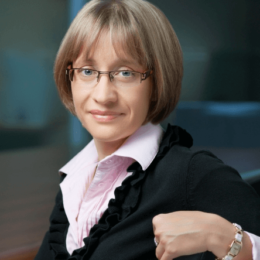
Agnieszka Skrzypczak is a patent attorney specializing in trademarks and industrial designs. In 2002, she obtained the rights of a Polish Patent Attorney, and since 2004, she is also a European Patent Attorney. She is a member of INTA (International Trade Marks Association) and PIRP (Polish Chamber of Patent Attorneys). Contact with the author

